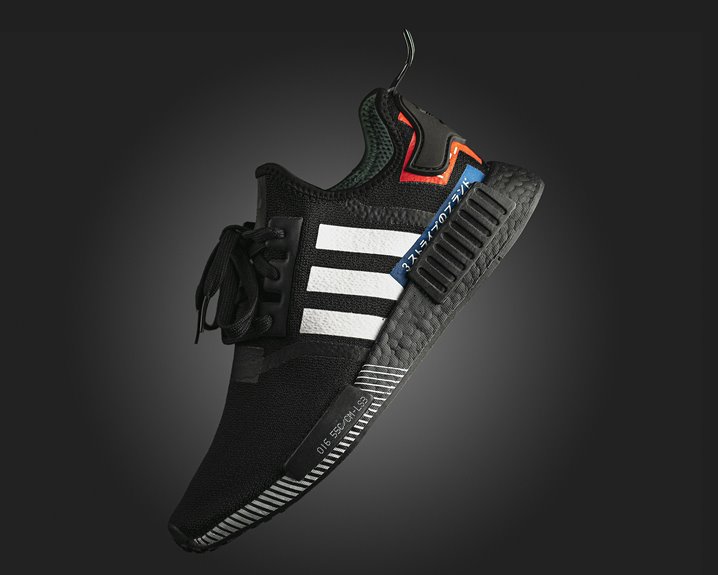Imagine you’re choosing between a cotton T-shirt and a spandex blend for a summer run. You might expect both to keep you cool, but the way these fabrics handle air and moisture is quite different. Understanding these differences can change how comfortable you feel during activity and even affect how quickly your clothes dry. Let’s explore what makes each fabric unique when it comes to breathability.
Table of Contents
Key Takeaways
- 100% cotton allows more air circulation due to its lower fabric density compared to tighter Spandex/Lycra blends.
- Spandex/Lycra blends have reduced ventilation as synthetic fibers trap heat and limit fabric porosity.
- Cotton absorbs sweat but retains moisture longer, whereas blends wick moisture away quickly for better dryness.
- Stretching Spandex/Lycra can temporarily reduce airflow by tightening fabric pores, unlike cotton’s natural gaps.
- Cotton provides superior thermal comfort and breathability, especially in warm conditions, compared to Spandex/Lycra blends.
Understanding Fabric Composition: Cotton vs. Spandex/Lycra
Although both cotton and Spandex/Lycra are popular choices in clothing, their fabric compositions differ markedly, affecting how they perform.
Cotton is a natural fiber known for its softness and breathability, giving you a comfortable, smooth texture.
Cotton offers natural softness and breathability, ensuring a comfortable, smooth feel against your skin.
On the other hand, Spandex or Lycra is a synthetic fiber prized for its exceptional elasticity, often blended with other fabrics to improve stretch.
When it comes to fabric durability, Spandex/Lycra blends tend to hold up better under stress and repeated use, resisting wear and tear more effectively than pure cotton.
You’ll notice texture differences immediately: cotton feels softer and more natural, while Spandex blends offer a sleek, slightly shiny finish with a snug fit.
Understanding these distinctions helps you choose the right fabric for your needs.
How Breathability Differs Between Cotton and Blends
When you wear cotton, you benefit from its natural breathability, which allows air to circulate freely and helps keep you cool.
Blended fabrics with spandex or Lycra change breathability factors by increasing fabric density, which can restrict airflow.
Here’s how breathability differs between cotton and blends:
- Cotton’s lower fabric density means more air passes through.
- Blends have tighter weaves, reducing ventilation.
- Spandex/Lycra adds stretch but limits fabric porosity.
- Breathability factors shift as synthetic fibers trap more heat.
You’ll notice pure cotton feels fresher in warm conditions, while blends offer flexibility but may feel warmer due to restricted airflow.
Understanding these differences helps you pick the fabric that best suits your comfort needs.
The Role of Moisture Management in Breathability
Because moisture management directly affects how breathable a fabric feels, understanding its role is essential when choosing between spandex/Lycra blends and cotton.
When you wear cotton, it absorbs sweat quickly but holds onto moisture longer, which can make you feel damp and less comfortable.
On the other hand, spandex/Lycra blends typically feature moisture-wicking properties, pulling sweat away from your skin and promoting faster sweat evaporation. This helps keep you dry and enhances breathability, especially during physical activities.
Spandex/Lycra blends wick moisture away, speeding evaporation to keep you dry and boost breathability during exercise.
So, if staying dry and comfortable matters to you, fabrics with effective moisture management, like spandex/Lycra blends, may offer better breathability compared to pure cotton, which can trap moisture and slow evaporation.
Understanding this helps you pick the right fabric for your needs.
Impact of Fabric Stretch on Air Circulation
When you stretch spandex or Lycra, the fabric tightens and can limit airflow, affecting ventilation.
Cotton, on the other hand, tends to maintain more natural gaps even when stretched, allowing better air circulation.
Understanding how fabric fit changes with stretch helps you pick the right material for comfort and breathability.
Stretch Effects on Ventilation
As you stretch spandex or lycra, the fabric’s structure changes, directly affecting how air moves through it. This stretch alters ventilation efficiency by modifying the gaps between fibers, which can either improve or reduce airflow depending on the extent of the stretch.
You’ll notice that:
- Increased stretch temporarily enhances airflow by opening fabric pores.
- Overstretching may reduce ventilation as fibers align tightly.
- Stretch retention guarantees the fabric returns to its original breathability after use.
- Consistent stretch and recovery cycles maintain long-term ventilation effectiveness.
Understanding these effects helps you choose the right spandex or lycra blend for activities requiring peak breathability.
Unlike 100% cotton, these fabrics’ ventilation depends heavily on how much and how often you stretch them.
Fabric Fit and Airflow
Although fabric stretch greatly influences ventilation, the way spandex or lycra fits your body plays an equally essential role in air circulation.
Different fit types—from tight compression wear to relaxed fits—alter airflow dynamics considerably. When you wear a snug fit, the fabric clings closely, reducing gaps where air can flow freely. This limits ventilation, trapping heat and moisture.
Conversely, looser fit types create small air pockets between the fabric and your skin, enhancing airflow and cooling. Unlike 100% cotton, which naturally allows more air through its fibers, spandex blends rely heavily on how the garment fits.
Thermal Regulation Properties of Cotton and Blends
Understanding the thermal regulation properties of cotton and its blends can help you choose fabrics that keep you comfortable in varying temperatures.
Cotton naturally offers excellent thermal comfort due to its breathable structure and ability to absorb moisture. However, when blended with spandex or Lycra, the fabric’s behavior changes.
Here’s what you should know:
- Cotton’s moisture retention helps cool your skin by absorbing sweat.
- Blended fabrics may trap heat more than 100% cotton.
- Stretch fibers reduce air circulation, affecting thermal comfort.
- Cotton alone adapts better to temperature shifts, making it ideal for variable climates.
Suitability for Physical Activity and Comfort
When you choose fabrics for physical activity, comfort and performance matter most.
Spandex/Lycra blends excel in stretchability, moisture-wicking, and quick drying, aligning well with key performance metrics for exercise wear. These blends adapt to your movements, reducing chafing and enhancing comfort during intense sessions.
On the other hand, 100% cotton absorbs sweat but dries slowly, which can leave you feeling damp and heavy.
User preferences often vary; some favor cotton for its natural feel and breathability during low-impact activities, while others prioritize synthetic blends for high-intensity workouts due to their superior moisture management.
Ultimately, understanding your activity level and comfort needs helps you pick the fabric that best supports your physical performance and personal preference.
Environmental Implications of Fabric Choices on Breathability
Choosing the right fabric for breathability during physical activity also means considering the environmental impact of your choices.
When you pick between Spandex/Lycra blends and 100% cotton, sustainability considerations play a big role in your ecological footprint. Here’s what to keep in mind:
- Spandex/Lycra production relies on synthetic fibers, increasing energy use and pollution.
- Cotton is biodegradable but often requires significant water and pesticides.
- Blended fabrics can be harder to recycle, leading to more waste.
- Organic or recycled cotton options reduce environmental harm without sacrificing breathability.
Frequently Asked Questions
How Do Washing Methods Affect the Breathability of Cotton and Spandex Blends?
Think of your clothes as gardens; washing techniques are the gentle rain nurturing breathability. You’ll protect fabric care by using cool water and mild detergents, keeping fibers fresh and allowing airflow to thrive.
Can Fabric Dyeing Processes Influence Breathability in Cotton and Spandex Blends?
Yes, fabric dyeing processes can influence breathability. When dye absorption is high, it might clog fibers, reducing airflow. You’ll also want good color fastness to keep the fabric’s feel intact over time, maintaining breathability.
Do Fabric Thickness Variations Impact Breathability Differences Between Cotton and Blends?
You’ll notice fabric thickness impacts breathability considerably, regardless of fabric composition. Thicker fabrics limit airflow, so even breathable blends can feel stuffy. Choosing thinner materials usually improves ventilation and comfort during wear.
How Does Fabric Pilling Affect Breathability in Cotton Versus Spandex Blends?
You’ll notice pilling impact reduces breathability by trapping heat and moisture. Cotton breathability suffers more as pills block airflow, while spandex blends resist pilling better, maintaining better ventilation even after wear.
Are There Specific Fabric Treatments to Enhance Breathability in Spandex Blends?
You want comfort, you want breathability, and you want performance. You can use fabric coatings and moisture management treatments to enhance breathability in spandex blends, keeping you cool, dry, and comfortable during any activity.
- Reviewing Polycotton Air Tents: Are They the Future of Camping? - June 23, 2025
- Why Polycotton Is a Popular Choice for Polo Shirts and Hoodies - June 23, 2025
- Finding Affordable Polycotton Fabric: A Buyer’s Guide to Rolls and Remnants - June 23, 2025







